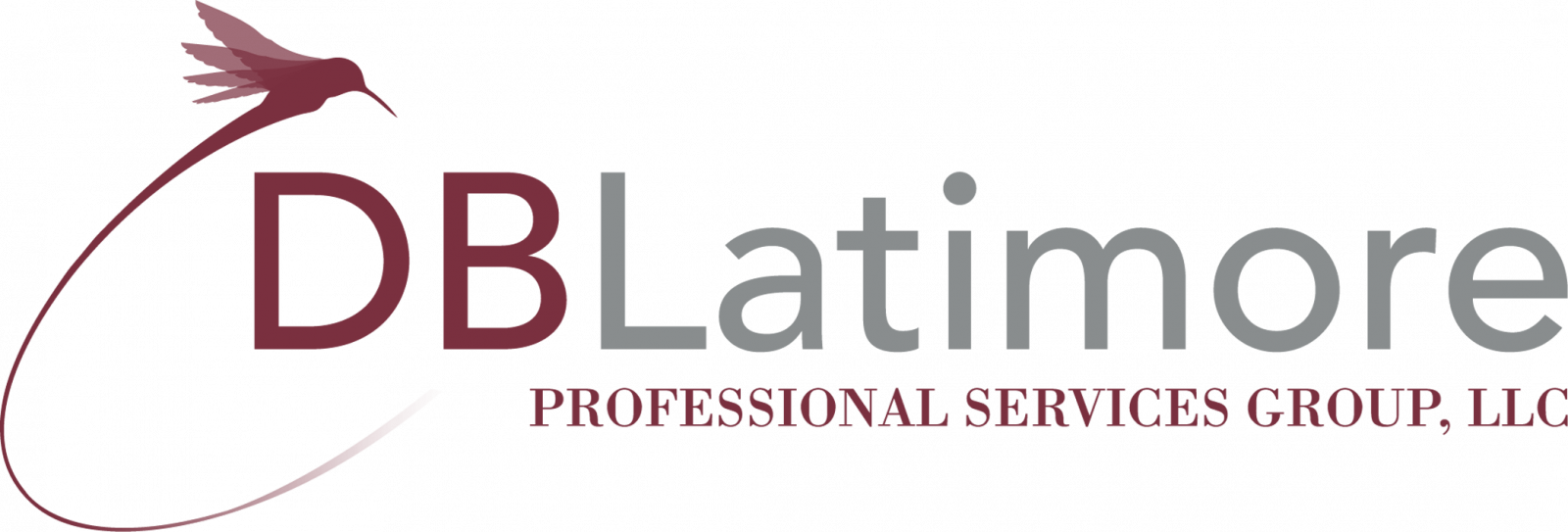In a world increasingly driven by technology, the idea of humanizing artificial intelligence (AI) has gained significant traction. While AI offers remarkable capabilities and efficiency, it’s essential to remember that it’s not just a tool — but a transformative force. To harness its full potential, organizations must establish a culture that embraces AI as a partner — not a replacement — for human intelligence or P.E.O.P.L.E. Let’s take a look at three helpful aspects for humanizing AI.
-
Cultivating the Right Culture
Before AI can seamlessly integrate into an organization, it’s crucial to establish a supportive culture that aligns with this transformation. This culture should prioritize elements such as collaboration, innovation, and adaptability.
Team Attitude
Building the right team attitude is paramount to humanizing AI within an organization. This means fostering a mindset where employees view AI as a valuable enabler rather than a threat to their roles. Developing a culture that embraces learning and adapting to new technologies is essential.
For example, instead of fearing that AI might replace them, employees should be encouraged and able to recognize the opportunities AI brings to enhance their skills and make their work more impactful. They should view AI as a tool that amplifies their capabilities, allowing them to focus on the more complex and creative aspects of their jobs.
Education and Training
Organizations should be investing in education and training programs to equip their workforces with the skills needed to work alongside AI. This approach not only enhances the capabilities of individual employees — it also boosts their confidence in navigating the rapidly changing technological landscape.
Training programs can cover a range of topics, from basic AI literacy to advanced data analytics. By providing employees with the knowledge and tools to work alongside AI systems, organizations empower their teams to leverage AI’s capabilities effectively. This empowerment fosters a sense of readiness and competence, leading to a smoother integration of AI into daily operations.
Open Communication
Creating an environment where employees feel comfortable sharing their thoughts and concerns about AI is fundamental to building trust and fostering collaboration. Open communication channels are critical in addressing any questions or apprehensiveness employees might have about AI’s role in the organization.
When employees have the opportunity to voice their questions or concerns, it leads to a better understanding of AI’s potential and limitations. It also allows for the identification of practical use cases and opportunities for AI within the organization. Furthermore, an open dialogue encourages collaboration, as employees from various departments can contribute their insights and ideas for AI integration.
-
Implementing AI with a Human Touch
AI implementation is not a one-size-fits-all process; it should be a thoughtful and strategic endeavor that continually maintains a strong human element. Here are some key strategies to not only find, but keep, that balance.
Define Clear Objectives
Start by identifying specific tasks or processes where AI can provide value. This ensures that AI aligns with P.E.O.P.L.E. goals and contributes meaningfully to the organization’s mission.
For instance, in a customer service department, AI can be employed to handle routine inquiries, allowing human agents to focus on more complex and emotionally nuanced interactions with customers. By defining clear objectives, organizations can avoid haphazard AI adoption and ensure that AI’s integration serves a purpose that aligns with the needs of its P.E.O.P.L.E.
Collaboration Tools
Utilizing AI-powered collaboration tools is another effective strategy to enhance teamwork within an organization. These tools can facilitate communication, streamline workflows, and provide valuable insights for decision-making.
For example, AI-driven project management software can analyze team member workloads, identify potential bottlenecks, and recommend optimal project timelines. Such tools not only enhance productivity — they also foster collaboration by helping teams work more efficiently and cohesively.
User-Centric Design
When developing AI-driven solutions, prioritize user experience. AI interfaces should be intuitive and user-friendly, minimizing disruptions to the workflow. This approach ensures that AI enhances, rather than complicates, the human-computer interaction.
Consider the development of a chatbot for customer support. A user-centric design would prioritize a chatbot interface that is easy to navigate, responds to user queries accurately, and seamlessly hands over complex issues to human agents when necessary. This user-friendly approach ensures that customers and employees can interact with AI-driven systems without frustration.
-
Fusing Culture & AI Utilization
The successful fusion of organizational culture and AI utilization requires the right balance. Here are some important factors to consider.
Cultural Alignment
Ensuring that AI initiatives align with the organization’s core values and objectives is fundamental. This alignment reinforces the idea that AI is a tool to support and enhance the existing culture.
Imagine a company that values transparency and customer-centricity. When implementing AI in customer service, the organization should ensure that AI-powered chatbots and automated systems align with these values. This alignment creates a sense of cohesion where employees understand that AI serves as an extension of their shared beliefs and principles.
Inclusivity
Involving employees at all levels in AI discussions and decision-making processes is important for a successful fusion of culture and AI utilization. Their input can provide valuable insights and help tailor AI solutions to meet specific needs.
For example, by involving frontline workers, managers, and HR staff in the decision-making process, an organization can gain valuable insights into the unique needs and concerns of their P.E.O.P.L.E. This input can help tailor AI solutions to meet specific requirements, making them more effective and accepted across the board. Inclusivity not only ensures that AI solutions are practical, but also fosters a sense of ownership and engagement among employees. When P.E.O.P.L.E. have a say in how AI is integrated into their work, they are more likely to embrace and collaborate with AI systems.
Continuous Improvements
Embracing a culture of continuous improvement, regularly assessing AI’s impact, and frequently making necessary adjustments to optimize its performance and alignment with an organization’s culture is key. By fostering a culture of continuous improvement, organizations demonstrate their commitment to making AI integration a dynamic and responsive process.
Suppose an organization introduces AI-driven analytics tools for marketing campaigns. Over time, they notice that some marketing teams are struggling to adapt. By continuously evaluating AI’s impact and gathering feedback, the organization can identify areas where additional training or support is needed. This proactive approach ensures that AI remains a valuable asset and doesn’t become a source of frustration.
In conclusion, humanizing AI is not just a buzzword — it’s a necessity for modern organizations. By cultivating the right culture, implementing AI thoughtfully, and seamlessly fusing culture and AI utilization, organizations can harness the true potential of AI while maintaining a human-centric approach. The future belongs to those who can strike the perfect balance between technology and P.E.O.P.L.E, and it starts with humanizing AI today.
ABOUT US
DB Latimore Professional Services Group, provides services that are tailored to the needs of an organization by utilizing our exclusive Productivity Powered by P.E.O.P.L.E.® framework. We provide leadership development that aligns with strategy by cultivating employee value — driving productivity that educates and empowers workforce longevity.
Make a change in your strategic approach to developing leaders for operational success.We encourage you to take action now! Engage with us today and allow our team to access and understand your environment to develop a customized plan for your organization. Schedule your consultation today.



